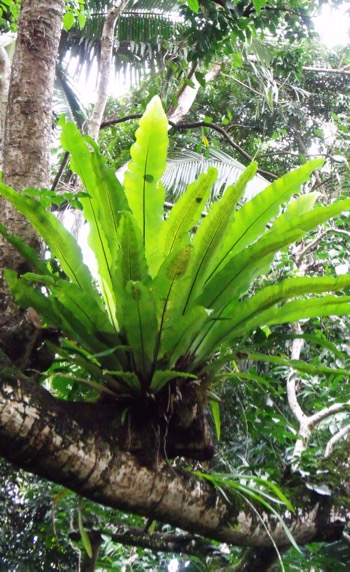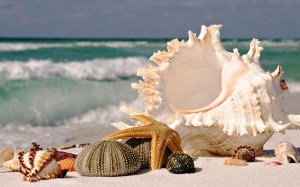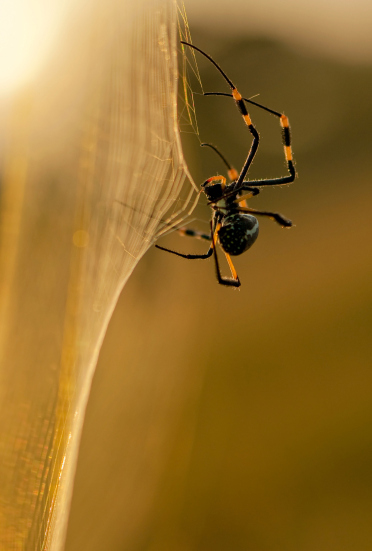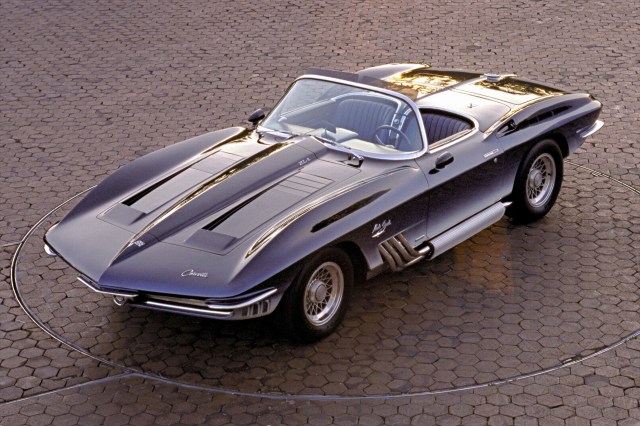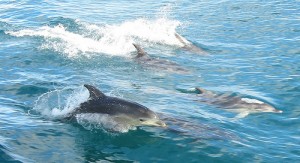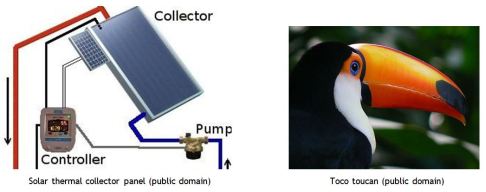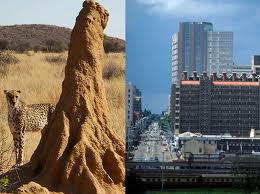 By mimicking the v-shaped posture of cabbage white, or small white, butterflies, researchers say they can boost solar panel efficiency.
By mimicking the v-shaped posture of cabbage white, or small white, butterflies, researchers say they can boost solar panel efficiency.
Squeezing more from less is essential to making renewable energy technologies economically viable. Now, winged insects are chipping in to help engineers green-up the energy sector.
Butterflies harness the energy of the sun to warm up their wing muscles prior to flight. But on cloudy days, cabbage white butterflies (Pieris rapae) tend to take to the air more quickly than their peers. Scientists credit the insect’s short warmup time to its unique v-shaped pose, which concentrates solar energy onto its thorax.
The posture, featuring a 17-degree wing tilt, enables the small white to boost the temperature of its wing muscles by 7.3 degrees Celsius.
When researchers replicated this wing-like structure with the photovoltaic cells inside solar panels, researchers were able to boost power production by as much 50 percent. As scientists detailed in a new study, published in the journal Scientific Reports, gains translated to a 17-fold improvement to solar panels’ power-to-weight ratio.
Researchers say the improvement promises to boost solar energy efficiency and make the technology more economical.
“Biomimicry in engineering is not new. However, this truly multidisciplinary research shows pathways to develop low cost solar power that have not been done before,” lead study author Tapas Mallick, a researcher at the University of Exeter, said in a press release.
Maybe the rather dull cabbage white is not just a pest of our cabbages but actually an inspiration to harvesting solar energy!
First published in Scientific Reports volume5, Article number: 12267 (2015)

